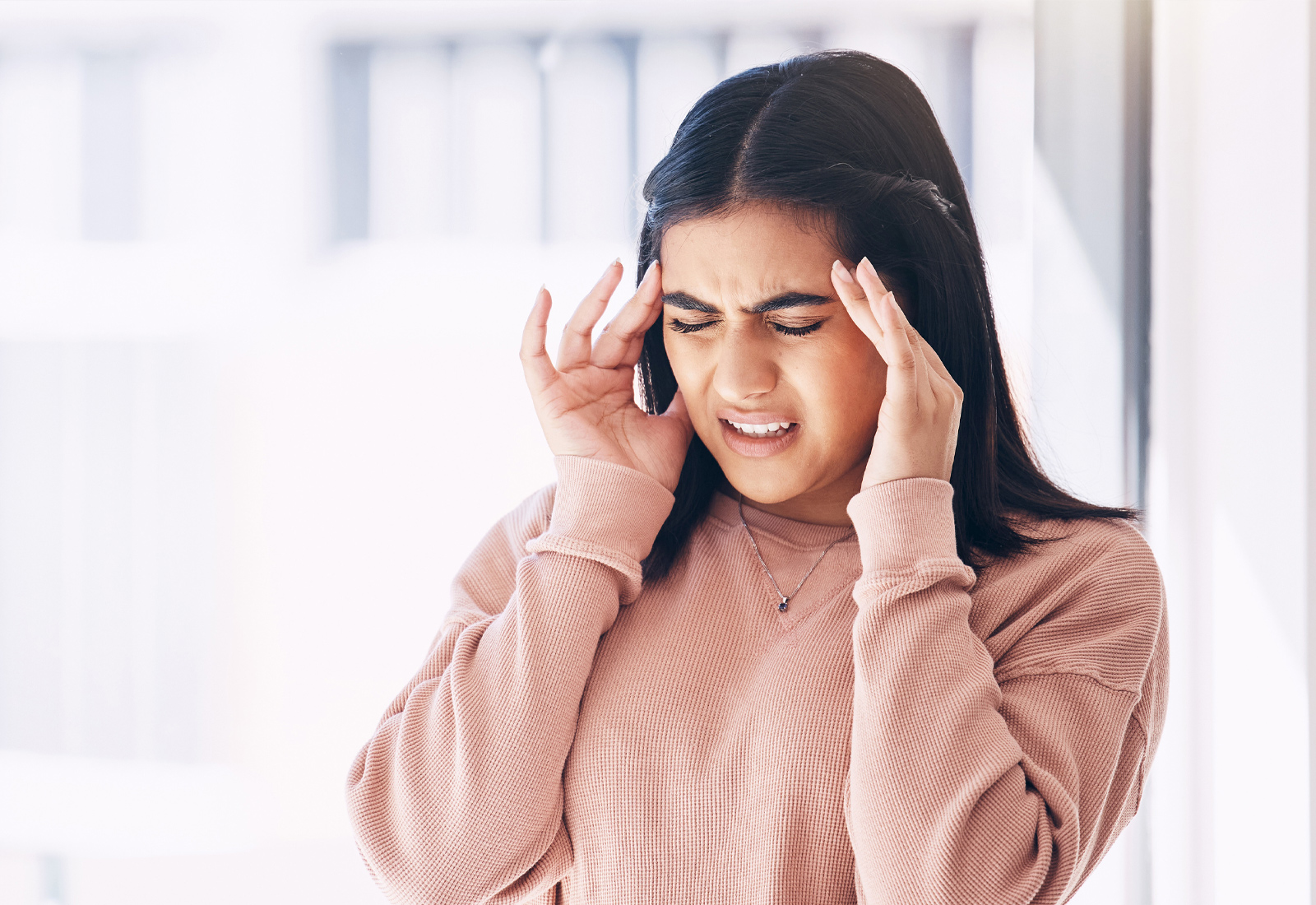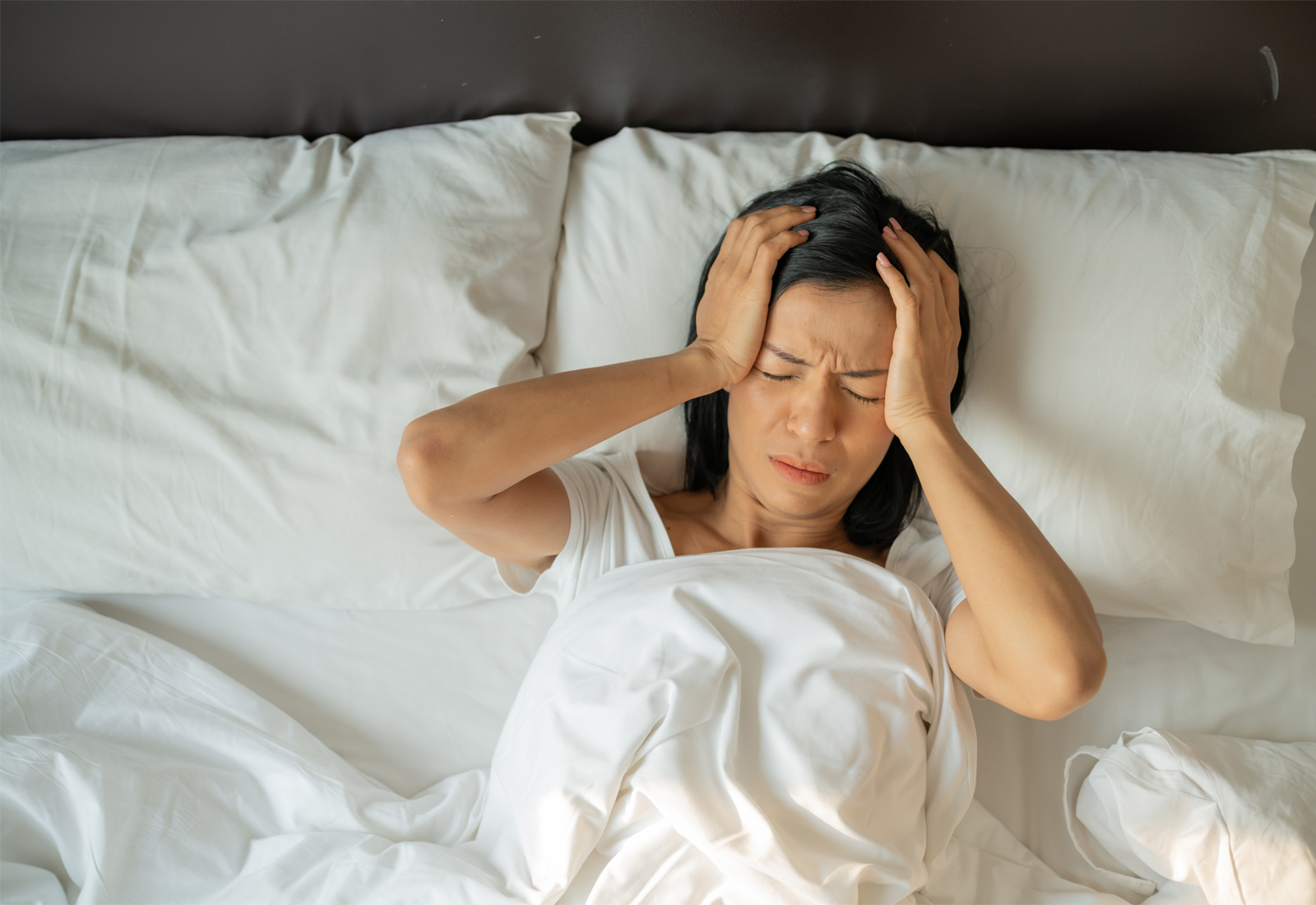
Why Do I Feel Tired After Osteopathy?
Understanding Why Osteopathy Can Leave You Feeling Tired
Feeling tired after an osteopathic session is a common experience and reflects the body’s natural response to the treatment. Osteopathy works by addressing imbalances, relieving tension, and encouraging the body to heal itself. These processes, though beneficial, can demand energy and leave you temporarily fatigued as your body adapts to the changes.
The techniques used during treatment stimulate various systems within the body, including the musculoskeletal, circulatory, and nervous systems. This holistic approach promotes healing but also explains why energy levels might dip immediately after a session. Understanding the mechanisms behind this response can help you make the most of your recovery time.
The Body’s Natural Healing Response
When tissues are manipulated or mobilised during treatment, the body begins repairing and adapting to the changes. This healing process requires energy, much like physical exercise or recovery after exertion. The adjustments made to relieve restrictions in joints or muscles can create temporary micro changes within tissues that the body works to resolve, leading to post-treatment fatigue.
Additionally, osteopathy affects the nervous system, encouraging it to move from a stressed, hyperactive state to a calmer, restorative mode. This transition supports the body’s repair mechanisms but may leave you feeling drowsy as your system recalibrates. Feeling tired is an indication that the body is responding positively to the treatment.
How Increased Circulation Affects Energy Levels
One key aim of osteopathy is improving circulation. By relieving areas of restriction, treatment helps increase blood flow, allowing oxygen and nutrients to reach previously tense or inflamed tissues. This enhanced circulation supports healing but also initiates processes like waste removal, which can momentarily drain energy reserves.
As areas of your body receive the blood supply they need to repair and function better, your systems may work harder than usual, leaving you feeling more tired than expected. This is especially true if toxins stored in tight muscles are released into the bloodstream for elimination. It’s a natural part of the body’s response to improved function.
Emotional Release and Fatigue
Osteopathy doesn’t just address physical issues—it often alleviates the effects of emotional tension stored in the body. Muscles in the neck, shoulders, and back, in particular, can hold stress, and releasing these tensions can trigger an emotional as well as physical response. This release, while beneficial, may feel draining.
Emotional fatigue following treatment is tied to the body’s interconnected nature. As physical tension is eased, the mind often processes stored stress, resulting in a sense of relief accompanied by temporary tiredness. This effect underlines osteopathy’s holistic approach, which aims to support not only the body but also overall well-being.
The Science Behind Post-Treatment Fatigue
Activation of the Parasympathetic Nervous System
Osteopathy stimulates the parasympathetic nervous system, often referred to as the “rest and digest” system. This part of the nervous system helps the body shift into a state of relaxation and recovery, allowing it to focus on healing and restoration. As the parasympathetic system becomes more active, physiological processes slow down, such as heart rate and blood pressure, which can create a sense of calm but also result in feelings of fatigue. This shift away from a stress-driven state to a restorative one demands energy, which explains why tiredness is a common response after treatment.


Energy Redistribution During Recovery
Osteopathic treatment often redirects the body’s energy toward areas requiring repair and recovery. This redistribution occurs as muscles, joints, and tissues respond to the manipulations and adjustments made during the session. When longstanding restrictions are relieved, the body begins repairing micro-injuries, resolving inflammation, and recalibrating its natural balance. These processes require significant energy, leaving less available for regular activities, which can contribute to a temporary dip in overall energy levels.
Adjustments to Long-Term Pain Patterns
For individuals experiencing chronic pain, osteopathy provides relief by addressing the underlying causes of discomfort, such as misaligned joints or tight muscles. However, the body’s adjustment to reduced pain patterns can be energy-intensive. Long-standing pain often forces the body to compensate in ways that become habitual. When these patterns are corrected, the body needs to adapt to new movement dynamics and postural alignments, which can create temporary fatigue. This adjustment period is a sign that the body is integrating the benefits of the treatment and moving toward improved function.
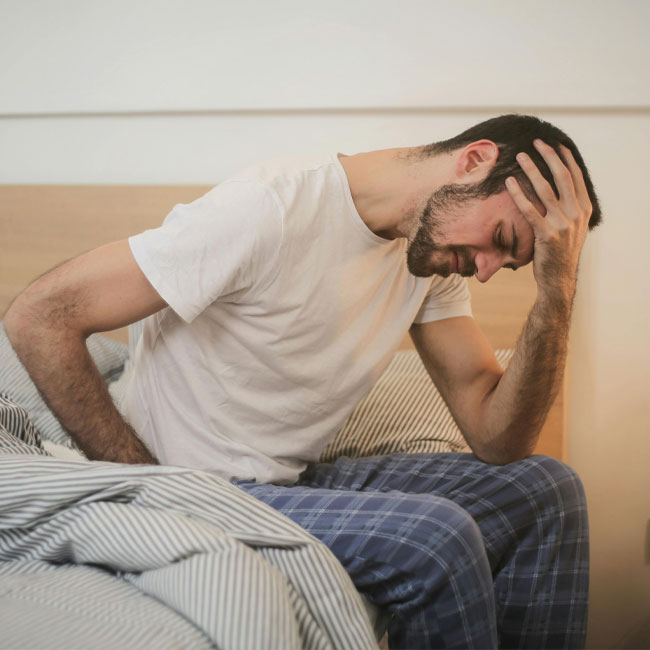
Absolutely brilliant. Lexi is a miracle worker, i always come away feeling back on track and realigned. I honestly dont know what i would do without her regular resets! She is lovely and the practice is always, welcoming, warm and quiet.
February 28, 2024
What Fatigue After Osteopathy Means for Your Health

Is Post-Treatment Fatigue a Positive Sign?
Fatigue following an osteopathic session is often a positive indication that the body is responding well to the treatment. It reflects the activation of healing mechanisms and the adjustments made to improve musculoskeletal balance. The temporary tiredness signals that the body is prioritising recovery and repair, channelling energy toward areas that need it most. Feeling fatigued can also suggest that previously stagnant systems, such as poor circulation or restricted nerve flow, are now functioning more efficiently. While it may feel inconvenient, this type of fatigue is a natural and beneficial part of the healing process.
Understanding Short-Term Discomfort for Long-Term Relief
Post-treatment fatigue may sometimes coincide with mild discomfort or soreness as the body adjusts to changes introduced during the session. This short-term reaction is a sign that the body is adapting to improved alignment and functionality. For example, areas of tension that have been released during treatment may feel tender or tired as they acclimate to their new, healthier state. While this might feel like a setback, it’s an essential step in achieving long-term relief and improved overall health.


How Fatigue Signals Healing in Your Body
Fatigue is the body’s way of communicating that healing is underway. After osteopathic treatment, tissues may experience increased blood flow, oxygen delivery, and nutrient supply, all of which support repair. Simultaneously, waste products released from tight or inflamed areas are processed and eliminated, which can momentarily tax the body’s resources. The tiredness you feel is a clear signal that your body is focusing its efforts on restoration, a process that ultimately leads to enhanced vitality and better health. Far from being a cause for concern, post-treatment fatigue is a powerful reminder of your body’s capacity to heal itself.
How to Manage Fatigue After Osteopathy

Simple Recovery Tips to Boost Your Energy
Managing fatigue after osteopathy begins with listening to your body and allowing it the time it needs to recover. Prioritise rest and relaxation immediately following your session to support your body’s healing processes. Avoid overexerting yourself on the same day, as physical or mental strain can interfere with the recovery process. Eating nutrient-rich meals can also provide the energy your body requires for repair, particularly foods high in antioxidants and protein to support tissue regeneration. Creating a calm and restorative environment, such as dimming lights or practising mindfulness, can also help balance your energy levels.
Why Hydration and Rest Are Essential
Staying well-hydrated is crucial after osteopathy, as water plays a key role in flushing out toxins released during treatment and aiding overall circulation. Dehydration can intensify fatigue and slow recovery, so aim to drink plenty of water throughout the day. Rest is equally important, as it allows the body to channel energy toward healing and recalibration. Prioritising good-quality sleep is essential, especially in the days following your session, as this is when the body undergoes the most significant repairs. By combining hydration and rest, you give your body the tools it needs to recover effectively.
Gentle Activities to Support Your Body
While rest is important, incorporating gentle activities can further enhance recovery. Light stretching or yoga can help maintain the mobility achieved during your osteopathic session while reducing muscle stiffness. Walking at a leisurely pace promotes circulation without overburdening your body, supporting the transport of nutrients and the removal of waste products. Breathing exercises or meditation can also aid recovery by calming the nervous system and helping to regulate energy levels. These low-intensity activities are designed to complement your body’s natural healing processes, ensuring a smoother and more energised recovery journey.
Whether you’re seeking pain relief, better mobility, or improved circulation, Sanderstead Osteopaths can help. Our experienced osteopaths deliver comprehensive care tailored to your unique needs, ensuring you receive lasting benefits. Schedule an appointment today and take the first step toward a healthier, more active life.
When Should You Be Concerned About Feeling Tired?
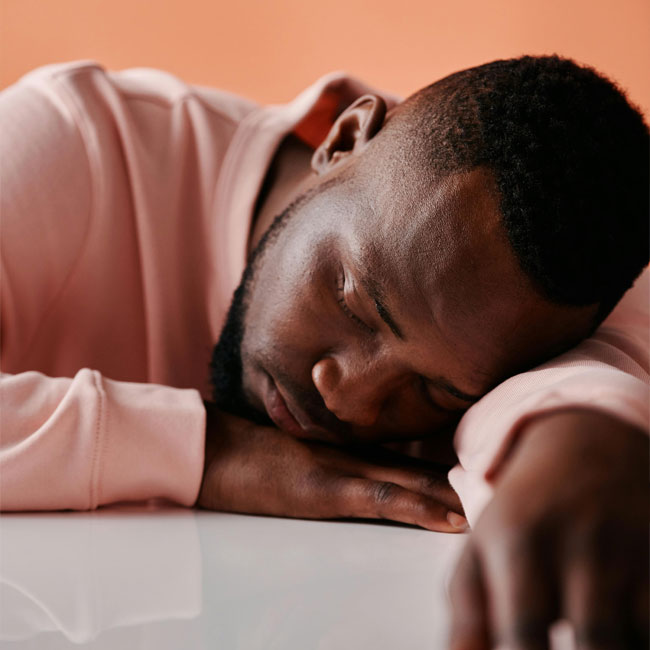
Identifying Normal vs. Concerning Symptoms
Feeling tired after osteopathy is typically a natural part of the recovery process, but it’s important to recognise the difference between normal fatigue and symptoms that might require further attention. Mild tiredness accompanied by improved mobility, reduced tension, or a general sense of relaxation is a common response. However, if fatigue persists for several days, intensifies, or is accompanied by symptoms like severe pain, dizziness, or unusual swelling, it could indicate an issue that needs addressing. Keeping track of how you feel after treatment can help differentiate between expected recovery and potential complications.
When to Speak to Your Osteopath for Advice
If you are unsure whether your post-treatment fatigue is normal, it’s always a good idea to contact your osteopath for guidance. Prolonged or unexpected symptoms could signal that your body is struggling to adapt to the changes initiated by treatment, or they may highlight an underlying health condition requiring further attention. Your osteopath can review your experience, adjust your treatment plan if necessary, or provide tailored recommendations to support your recovery. Open communication ensures that your care remains effective and that any concerns are addressed promptly, helping you feel confident in your treatment journey.

Embracing the Benefits of Post-Osteopathy Fatigue
How Fatigue Reflects Your Body’s Transformation
Post-osteopathy fatigue is a sign that your body is undergoing significant transformation. The adjustments made during treatment initiate a cascade of changes in your musculoskeletal and nervous systems, promoting healing and improved function. Feeling tired indicates that your body is working hard to realign itself, repair tissues, and adapt to new patterns of movement. This fatigue is not a setback but a reflection of progress as your body shifts towards better balance and harmony.

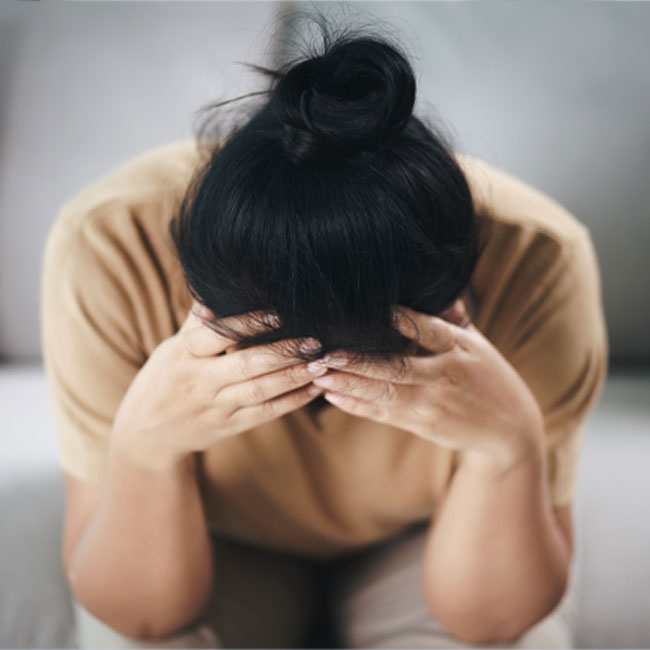
Building Strength and Resilience Through Recovery
Recovery is an essential phase in achieving the full benefits of osteopathic care. The fatigue you experience is a temporary response that allows your body to build strength and resilience over time. As your muscles, joints, and connective tissues respond to treatment, they adapt to new alignments and improved functionality. By honouring this recovery period with adequate rest and mindful activity, you are supporting your body’s capacity to maintain these positive changes and achieve lasting health benefits. Embracing post-treatment fatigue as part of the process helps pave the way for a stronger, more balanced, and energised body.
Considering Osteopathy? What You Need to Know
If you’re contemplating osteopathy as a treatment option, understanding its holistic approach is key. Osteopathy focuses on the interconnectedness of the body’s systems, aiming to address not just symptoms but also the underlying causes of discomfort or dysfunction. Whether you’re dealing with persistent pain, stress-related tension, or seeking to enhance your overall well-being, osteopathy provides a non-invasive, personalised solution tailored to your needs.

How Osteopathy Supports Your Long-Term Health
Osteopathy’s benefits extend well beyond immediate relief, offering long-term improvements in posture, mobility, and overall resilience. By promoting balance within the musculoskeletal system and enhancing circulation, osteopathic treatment helps the body function more effectively and prevents recurring issues. If you’ve experienced fatigue following treatment, it’s a sign that your body is responding positively and realigning itself for better health.
Start Your Journey to Wellness Today
Choosing osteopathy is a step toward prioritising your health and addressing issues that may have been holding you back. At Sanderstead Osteopaths, our experienced team is here to guide you through every step of your wellness journey, providing expert care that is both effective and supportive. If you’re ready to experience the transformative benefits of osteopathy, contact us today to schedule your first consultation. Let us help you move toward a healthier, more balanced, and energised life.
Invest in your future health with the help of Sanderstead Osteopaths. Our preventative care plans are tailored to your lifestyle, helping you stay active, comfortable, and pain-free. Schedule an appointment today and take the first step toward lasting musculoskeletal wellness.

